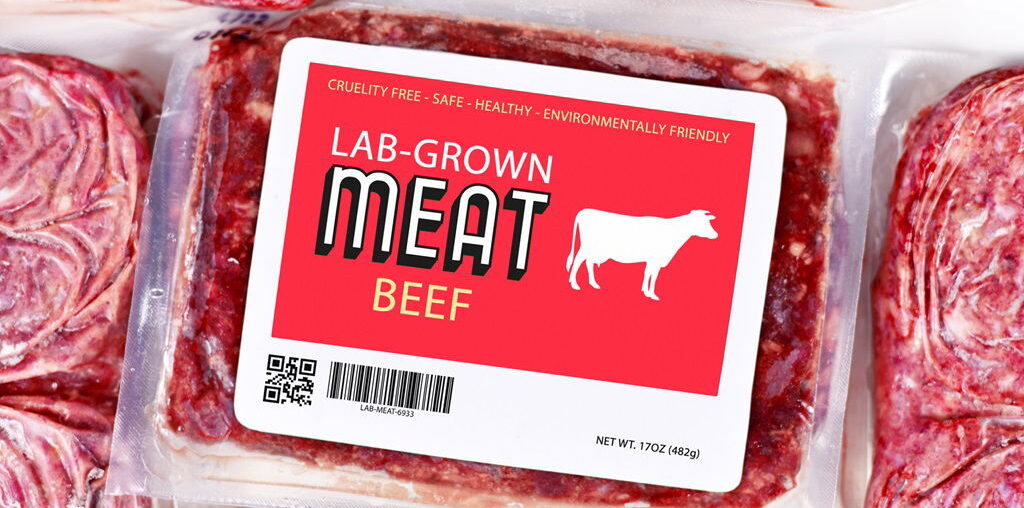
EU lawmakers debate how to label lab-grown meat as experts stress the importance of a clear and consumer-friendly name
As Europe inches closer to deciding the fate of lab-grown meat, a critical question looms: how should this novel product be named? With no lab-grown meat yet approved for sale in the EU, the choice of terminology is shaping up to be a pivotal issue in consumer acceptance, regulatory clarity, and international trade.
A leading US expert, Professor William K. Hallman from Rutgers University, has weighed in on the debate, arguing that finding the right name is essential to foster trust and understanding among consumers.
What’s in a name?
The challenge of naming lab-grown meat isn’t just a marketing exercise—it’s about shaping perceptions. Hallman emphasises that a product’s name frames how consumers think about it, explaining:
“Marketing companies spend millions of dollars figuring out what to call their products because they know names hold meaning for people. Everything consumers learn about a product is influenced by its name.”
His research identified over 85 potential names for lab-grown meat, reflecting the wide spectrum of perspectives on the emerging foodstuff.
- Negative terms like lab-grown and synthetic meat are seen as unappetising and off-putting.
- Positive terms such as clean meat or slaughter-free meat highlight its ethical and environmental benefits.
- Neutral terms like cell-based or cell-cultured aim to strike a balance between accuracy and acceptance.
Regulation and public perception
Hallman insists that consistency is key, urging European lawmakers to adopt a single, truthful, and non-misleading name that meets both regulatory standards and public expectations. This is especially important given the fragmented opinions across the continent:
- Italy and Hungary have banned the production and marketing of cell-based meat, dismissing it as unnatural.
- Other EU nations remain undecided, with conservative factions expressing scepticism.
Hallman notes that conservative opposition stems, in part, from “food neophobia”—a fear of unfamiliar foods. However, he argues that early adoption of a clear and consistent term could help overcome these fears, paving the way for consumer familiarity.
A Name that works for all
For Hallman, terms like cell-based or cell-cultured strike the right balance. These names highlight the innovative production process while avoiding the stigma associated with terms like fake meat.
He also stresses the importance of transparency: consumers should know that cell-based meat originates from animal cells, especially those with allergies, as they may react similarly to the cultured version of conventional meat.
“The real substantial difference is the process [to produce it],” he explains.
The stakes for Europe
While lab-grown meat closely replicates traditional meat in taste, texture, and nutrition, its journey into European markets is fraught with challenges. Hallman argues that the debate over terminology isn’t just about semantics—it’s about empowering consumers with informed choices.
“Ultimately, what consumers care about is whether the product works for what they want it to work for. Consumer sovereignty matters,” he says.
As EU lawmakers deliberate, the future of lab-grown meat may hinge on one deceptively simple decision: finding a name that resonates with regulators, producers, and, most importantly, the people who will eat it.
The road to consumer acceptance of lab-grown meat is long, but choosing the right terminology is a crucial first step. Whether it’s labelled cell-based or something entirely new, the name must embody accuracy, transparency, and appeal to help this innovative product carve out its place at the European table.

